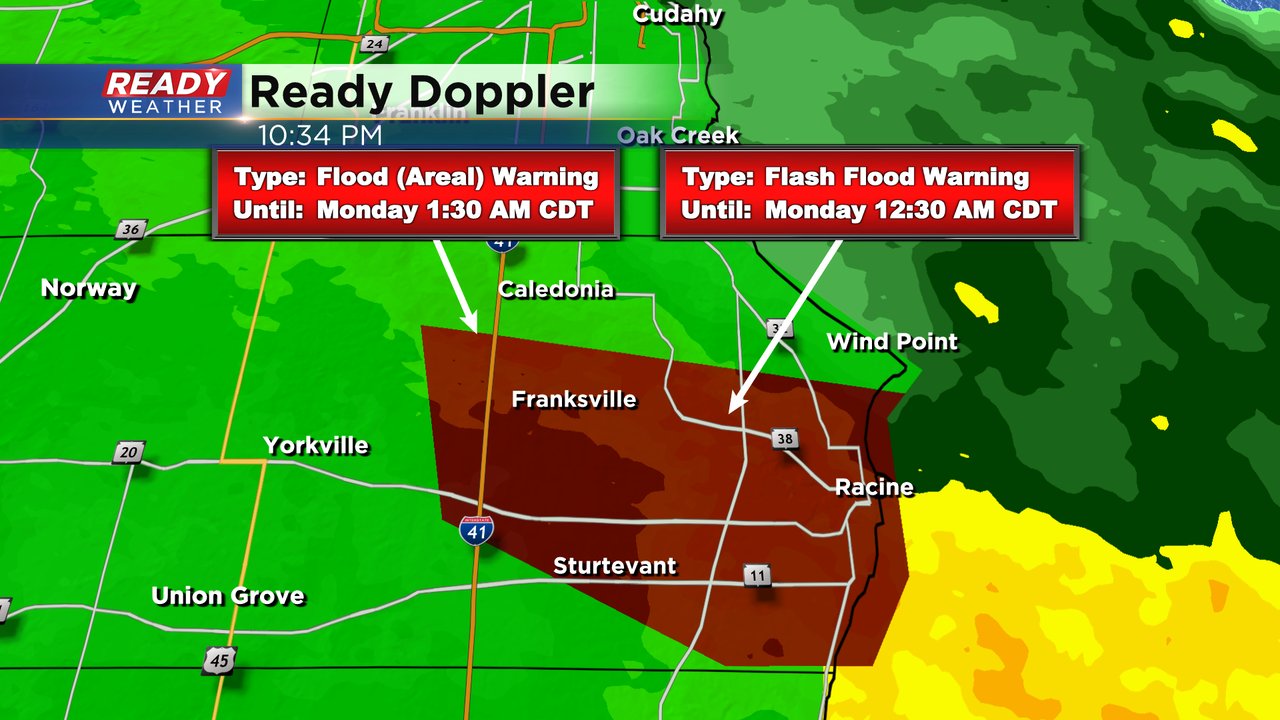Areal floods, also known as flash floods or urban floods, are a type of flooding that occurs when large amounts of water accumulate in a relatively short period over a specific area. These floods can cause significant damage to infrastructure, homes, and pose threats to human lives. Understanding the causes, impacts, and mitigation strategies associated with areal floods is crucial in developing effective measures to minimize their adverse effects. In this article, we will explore the characteristics of areal floods, their causes, the impacts they have on communities, and some strategies for mitigating their destructive potential.
Characteristics of Areal Floods
Areal floods are characterized by their rapid onset and short duration, typically lasting only a few hours. Unlike river floods, which develop gradually over a longer period, areal floods can occur suddenly, with little to no warning. They often result from intense rainfall, typically associated with thunderstorms or tropical cyclones, which overwhelm the capacity of local drainage systems to handle the excess water. Urban areas with impermeable surfaces such as concrete and asphalt are particularly susceptible to areal flooding due to limited natural infiltration.
Causes of Areal Floods
Several factors contribute to the occurrence of areal floods. Heavy rainfall is the primary cause, and factors such as topography, soil type, and land use can exacerbate the situation. Steep slopes or areas with poor drainage systems can quickly become overwhelmed by intense rainfall, leading to the rapid accumulation of water. Additionally, urbanization and the conversion of natural landscapes into concrete jungles reduce the capacity of the land to absorb water, further increasing the likelihood of areal flooding.
Impacts of Areal Floods
Areal floods can have severe consequences for both individuals and communities. The immediate impact includes damage to infrastructure such as roads, bridges, and buildings, as well as disruption of transportation systems. In populated areas, there is a significant risk to human life, as people may be caught off guard by rapidly rising water levels. Areal floods can also contaminate water sources, leading to health risks, and cause the displacement of individuals from their homes. The economic impact is substantial, as the cost of repairing damaged infrastructure and compensating affected individuals can be significant.
Mitigation Strategies
Efficient management and mitigation strategies can help minimize the impact of areal floods. Here are some key approaches:
Improved Infrastructure
Investing in resilient infrastructure is crucial for managing areal floods. This includes upgrading drainage systems, constructing retention ponds, and implementing stormwater management measures. Designing roads, buildings, and other structures with flood-resistant features can also help mitigate damage.
Land Use Planning
Implementing proper land use planning strategies can reduce the vulnerability of an area to areal floods. Preserving natural landscapes, such as wetlands, can serve as natural buffers and help absorb excess water. Strict regulations on construction in flood-prone areas and enforcing zoning codes can limit further urbanization in vulnerable regions.
Early Warning Systems
Developing effective early warning systems can provide timely information about impending areal floods, allowing people to take necessary precautions. These systems can include weather monitoring stations, river gauges, and mobile alerts, enabling communities to evacuate or seek higher ground in advance.
Public Awareness and Education
Raising awareness about areal floods and educating the public about safety measures is crucial. This includes teaching individuals about the risks associated with areal floods, promoting emergency preparedness, and providing guidance on evacuation procedures.
Collaboration and Coordination
Effective flood management requires collaboration among various stakeholders, including government agencies, emergency services, and community organizations. Developing partnerships and coordinating efforts can enhance the efficiency of flood response and recovery operations.

